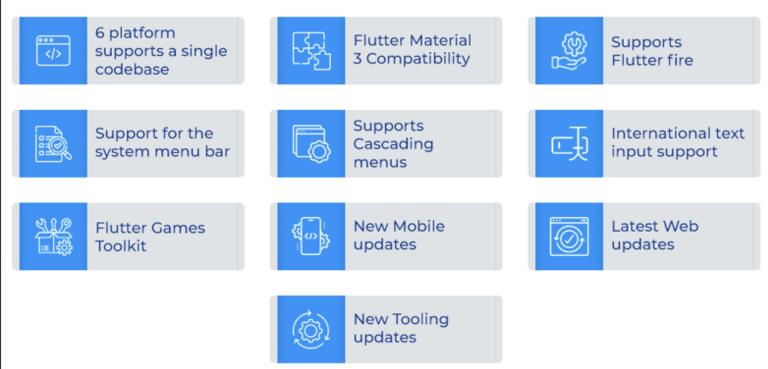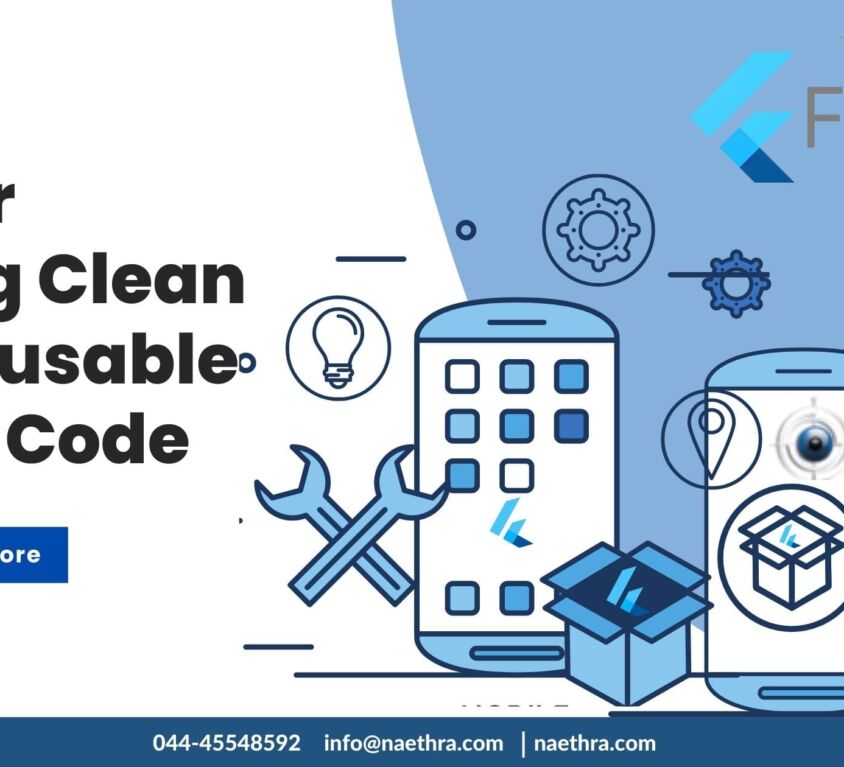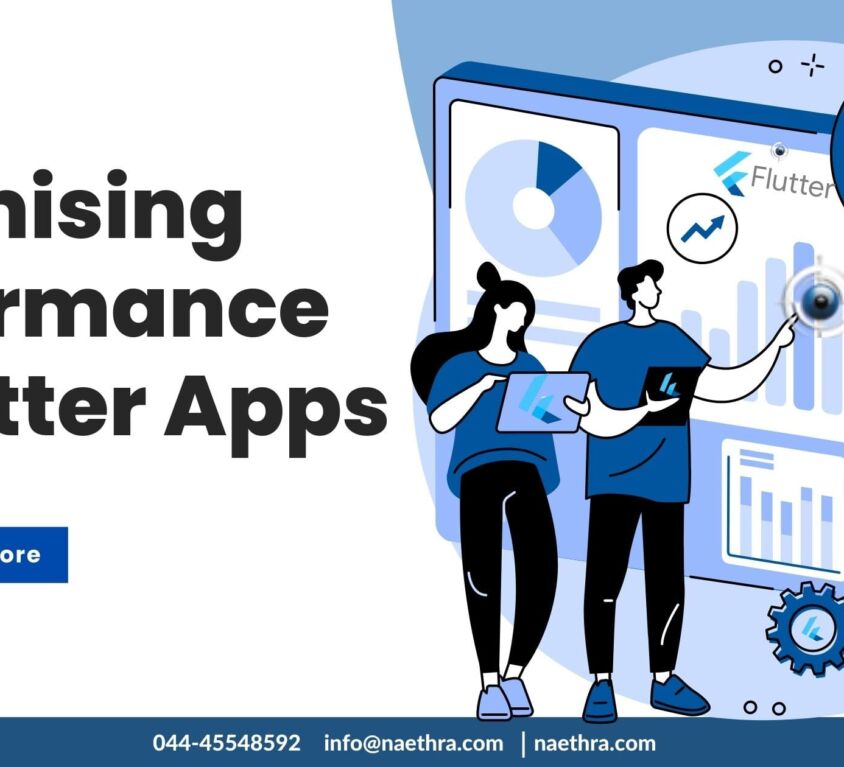What we have in Latest Version of Flutter
Introduction:
Flutter, Google’s open-source UI development framework, has gained significant popularity among developers for its cross-platform capabilities and fast development cycle. With regular updates and improvements, Flutter continues to evolve, bringing new features and enhancements to the table.
Flutter is a UI toolkit that enables app developers to build for mobile, web, and desktop from a single codebase. Flutter enables you to build beautiful apps, giving you complete control over every pixel on the screen. It’s fast, taking advantage of your phone or computer’s hardware with support for hardware-accelerated graphics and natively-compiled machine code. It’s productive, with technologies like stateful hot reload that allow you to immediately see code changes in your app. Its portability enables you to deploy to a wide variety of platforms with the same source code and without surprises. And it’s fully open source with no cost to license it or need to pay for tools to develop for it.
In this blog post, we will explore the latest version of Flutter and compare it with previous versions, highlighting the advancements and benefits that come with the update.

1. Improved Performance:
One of the key areas of focus for the Flutter team has been performance optimization. The latest version incorporates various performance enhancements, resulting in smoother animations, faster rendering, and reduced application size. By optimizing the rendering pipeline and reducing unnecessary widget rebuilds, Flutter applications now run even more efficiently, providing a better user experience.
2. Enhanced Widgets and UI Features:
Flutter has always been praised for its rich set of widgets and beautiful UI capabilities. The latest version introduces new widgets and UI enhancements, expanding the possibilities for developers. Whether it’s the addition of new Material Design components or Cupertino-style widgets for iOS apps, Flutter’s widget library continues to grow, enabling developers to create stunning and platform-specific user interfaces with ease.
3. Dart 2.0 and Null Safety:
With the latest version, Flutter adopts Dart 2.0 and introduces a significant language feature called null safety. Null safety enhances the developer experience by providing stronger static typing and eliminating the risk of null reference exceptions, which can lead to crashes or unexpected behavior in apps. This feature not only improves code reliability but also boosts overall productivity and reduces debugging time.
4. Accessibility Improvements:
Flutter’s commitment to inclusivity and accessibility is evident in its latest version. The framework introduces various accessibility enhancements, making it easier for developers to create apps that are accessible to all users. With improved support for screen readers, semantic markup, and customizable accessibility features, Flutter empowers developers to build applications that cater to a wider audience.
5. Developer Tools and Documentation:
The Flutter team places great emphasis on providing developers with excellent tools and resources. The latest version comes with further improvements to the Flutter DevTools, a suite of performance analysis and debugging tools. These tools help developers identify and resolve performance issues, analyze widget rendering, and monitor network activity efficiently. Additionally, the Flutter documentation continues to be comprehensive and up-to-date, ensuring that developers can easily find answers to their questions and explore new features effectively.
You can now pass configuration information to the engine in the initialize Engine methodincludes numerous improvements to Flutter’s support for custom fragment shaders. The new Security false positives page lists
Conclusion:
The latest version of Flutter brings forth a range of advancements and enhancements, reinforcing its position as a leading cross-platform development framework. With improved performance, expanded widget library, Dart 2.0 with null safety, accessibility improvements, and robust developer tools, Flutter empowers developers to build high-quality applications for multiple platforms more efficiently than ever before.
As Flutter continues to evolve, developers can look forward to even more exciting updates and features that will further streamline the development process and enrich the user experience. Stay tuned and embrace the latest version of Flutter to unlock the full potential of your cross-platform development journey.






